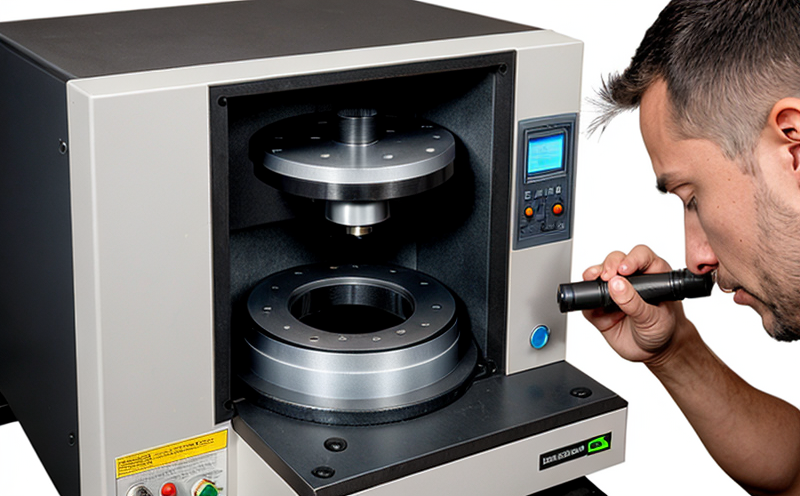ASTM E2999 Metallography of Additively Manufactured Metals
The ASTM E2999 standard provides a comprehensive framework for the metallographic examination and microstructural analysis of additively manufactured (AM) metals. This service ensures that the quality, integrity, and performance characteristics of AM parts are accurately assessed through detailed microscopy techniques.
ASTM E2999 is particularly crucial in sectors like aerospace, automotive, medical devices, and defense where precision and reliability are paramount. The standard's scope includes the examination of microstructure, grain size, phase distribution, porosity, and other critical features that can influence the mechanical properties and service life of AM parts.
The methodology involves a series of steps aimed at ensuring that each specimen is prepared in such a way as to provide an accurate representation of the material's internal structure. This includes polishing, etching, sectioning, and mounting processes tailored specifically for AM materials. The end goal is to obtain clear images under a scanning electron microscope (SEM) or optical microscope (OM).
Accurate metallography testing helps identify potential defects such as voids, cracks, and segregation that could compromise the mechanical integrity of the part. This service ensures compliance with international standards like ISO 15614-2 and ASTM E3 for metallographic examination.
The process begins by carefully selecting representative specimens from the AM parts being tested. These samples are then prepared using precision techniques to expose their internal microstructure. The preparation steps include grinding, polishing, and etching, which enhance the visibility of structural features under the microscope.
Once prepared, the specimens undergo metallographic examination either through optical or scanning electron microscopy (SEM). SEM offers higher resolution and depth of field compared to OM but requires more sophisticated equipment. The resulting images are analyzed for various characteristics including grain size, phase distribution, and any anomalies such as porosity or inclusions.
The results from these examinations are documented meticulously, providing detailed reports that include quantitative measurements where applicable. These reports serve as critical tools for quality assurance teams, helping them make informed decisions about the suitability of AM parts for specific applications.
Scope and Methodology
The ASTM E2999 standard defines a comprehensive scope that covers the examination, documentation, interpretation, and reporting of microstructures in additively manufactured metals. It specifies detailed procedures for sample preparation, examination techniques using both optical and scanning electron microscopy (SEM), and the evaluation of various microstructural features.
The methodology outlined in ASTM E2999 ensures that all aspects of AM metal parts are thoroughly examined, including grain size, phase distribution, porosity, and other critical factors. The standard emphasizes the importance of accurate sample preparation to ensure reliable results.
For optimal accuracy, specimens must be prepared using precise techniques such as grinding, polishing, and etching. These steps enhance the visibility of the microstructure under both optical and SEM microscopy. Once prepared, the specimens undergo detailed examination through either OM or SEM depending on the level of detail required for specific applications.
The final step involves thorough evaluation and documentation of all observed features. This includes quantitative measurements where appropriate, providing a comprehensive report that serves as valuable information for quality assurance teams and R&D departments alike.
Industry Applications
- Aerospace: Ensuring high-performance components have consistent microstructures free from defects.
- Automotive: Verifying that AM parts meet stringent durability and reliability standards.
- Medical Devices: Guaranteeing biocompatible materials with reliable mechanical properties.
- Defense: Providing robust and precise components for critical applications where failure is not an option.
Use Cases and Application Examples
| Component Type | Application Example | Metallographic Analysis Focus |
|---|---|---|
| Engine Blades | Aerospace Engine Turbine Blades for High-Performance Aircraft | Grain size, phase distribution, and porosity to ensure optimal performance and longevity. |
| Medical Implants | Bipolar Plates in Stents | Surface integrity and grain refinement to enhance biocompatibility and reduce corrosion risks. |
| Military Armor | Cold Formed Steel Plates for Armored Vehicles | Grain size, phase distribution, and defect detection to ensure structural integrity under extreme conditions. |





